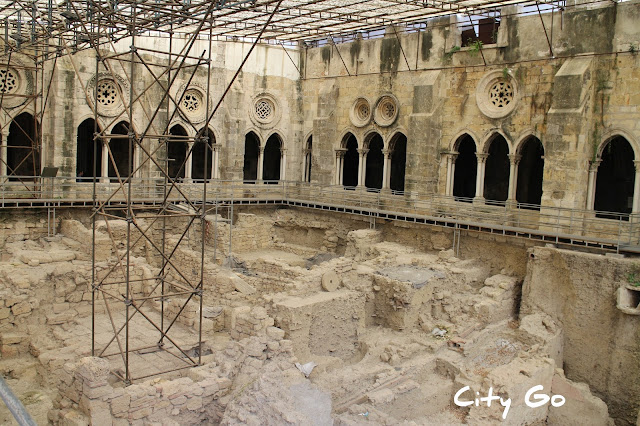Amsterdam, Netherlands
Amsterdam was founded as a fishing village around the 13th century, developing around a dam on the Amstel river (thus the toponym).
During the 14th and 15th centuries, Amsterdam underwent a rapid development laying the basis for the Golden Age. Throughout the Middle Ages, most buildings were made of wood and only a few survive today, such as the Old and New churches.
The urban expansion in the 17th century- Amsterdam's Golden Age- determined the city's characteristic appearance that can be seen today. Some of the most important historic buildings are from this period, e.g. the Town Hall in Dam Square, the Westerkerk, the Zuiderkerk, as well as a large number of canal houses.
In 1672 Amsterdam was attacked simultaneously by the English and the French and the Golden Age came to an end. Nevertheless, the city remained a major staple market and managed to retain its position as a financial centre of Europe.
In 1795 the government of patrician oligarchies was overthrown and the old republic ceased to exist. Soon after the French occupied the city and Amsterdam suffered badly from the economic recession.
In the 19th century, Industrial Revolution brought a new era of prosperity to the city, triggering a new Golden Age. During World War II German troops occupied the city, and more than 100,000 Jews were deported (including Anne Frank), of whom near 60,000 lived in Amsterdam, almost completely wiping out the Jewish community.
Today Amsterdam attracts a large number of tourists: between 2012 and 2015 the annual number of tourists increased from 10 million to 17 million.








Comments
Post a Comment